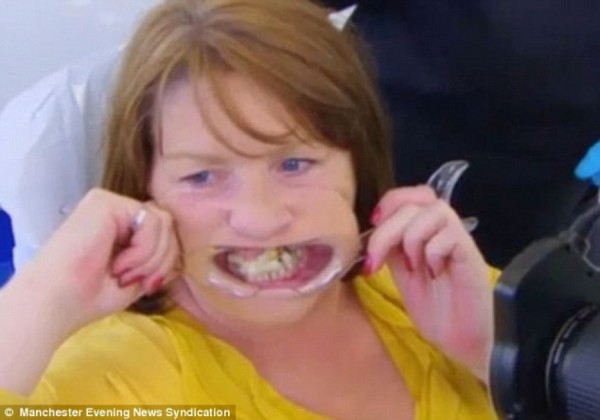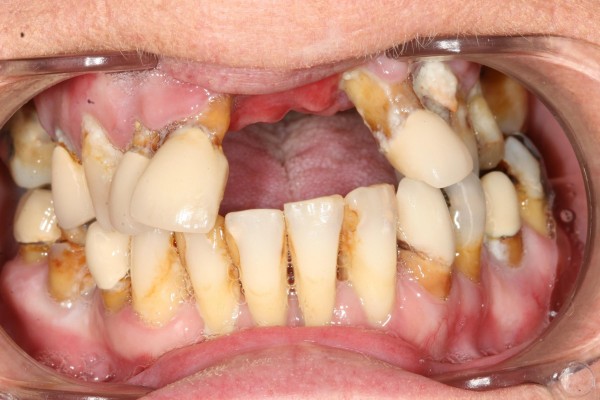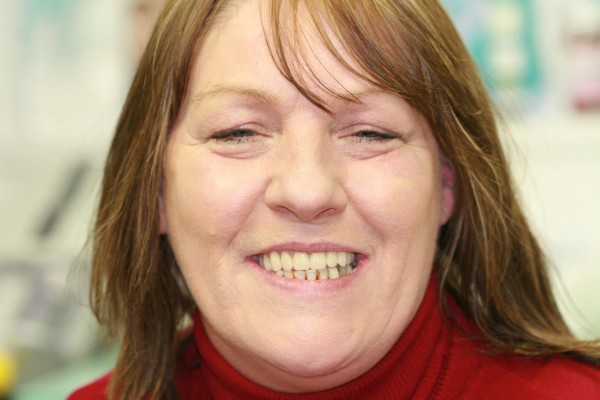9 Exercises You Can Do To Help Prevent Carpal Tunnel Syndrome
By Angel Chang
Have you experienced a numb, tingling sensation either through your fingers or in the area between your neck and shoulders? If you have been observing a persistent pain, you should probably learn about carpal tunnel syndrome.
This medical condition could be caused by a variety of factors — including diabetes, pregnancy, hypothyroidism, and obesity — but it’s generally experienced when the median nerve is compressed and pinched.
In an exclusive guide below, we outline some of the best exercises you can try if you’re looking to prevent pain in your hands, wrist, shoulders, and arms. While these exercises should never replace the advice of a medical professional, they’re a good way to keep your joints and muscles limber — like these stretches that could help to prevent bunions.
Compiled from physical therapy experts like Chad Madden, and from organizations like Palo Medical and Healthline, these exercises help stretch the median nerve.
Scroll further to see the steps for each exercise, and let us know what you think in the comments below!
Have you experienced a numb, tingling sensation either through your fingers or in the area between your neck and shoulders? If you have been observing a persistent pain, you should probably learn about carpal tunnel syndrome.
This medical condition could be caused by a variety of factors — including diabetes, pregnancy, hypothyroidism, and obesity — but it’s generally experienced when the median nerve is compressed and pinched.
In an exclusive guide below, we outline some of the best exercises you can try if you’re looking to prevent pain in your hands, wrist, shoulders, and arms. While these exercises should never replace the advice of a medical professional, they’re a good way to keep your joints and muscles limber — like these stretches that could help to prevent bunions.
Compiled from physical therapy experts like Chad Madden, and from organizations like Palo Medical and Healthline, these exercises help stretch the median nerve.
Scroll further to see the steps for each exercise, and let us know what you think in the comments below!
First, let's understand where the pain is coming from...










Let us know if you’ll be trying these out when you have a spare moment, and please SHARE these tips with family and friends!

LittleThings/Maya Borenstein
When you have carpal tunnel syndrome, it means that there is something problematic with your median nerve. This is the nerve that provides feeling for the thumb, the index finger, middle finger, and half of the ring finger.
In your body, the nerve starts traveling from the space between the top of your neck and the collar bone. It moves down your arm, through the front of the elbow, and into the hand.
The “carpal” is the grouping of the eight bones in your wrist, and is located at the base of your palm. The median nerve travels through the carpal, underneath a little sheath.
When this nerve becomes pinched — usually from highly repetitive tasks, like working with vibrating tools, or typing frequently away at the computer — you may start to feel pain in the flesh area beneath the thumb and through the fingers. But you could also feel pressure in your neck, above the shoulders, and through your arm.
Longtime CTS can lead to permanent nerve damage, and atrophy of the muscles, so it’s important to make this condition a priority.
If you are experiencing numbness or tingling in any of these body parts, try out some of the helpful stretch exercises below to stretch the median nerve.
In your body, the nerve starts traveling from the space between the top of your neck and the collar bone. It moves down your arm, through the front of the elbow, and into the hand.
The “carpal” is the grouping of the eight bones in your wrist, and is located at the base of your palm. The median nerve travels through the carpal, underneath a little sheath.
When this nerve becomes pinched — usually from highly repetitive tasks, like working with vibrating tools, or typing frequently away at the computer — you may start to feel pain in the flesh area beneath the thumb and through the fingers. But you could also feel pressure in your neck, above the shoulders, and through your arm.
Longtime CTS can lead to permanent nerve damage, and atrophy of the muscles, so it’s important to make this condition a priority.
If you are experiencing numbness or tingling in any of these body parts, try out some of the helpful stretch exercises below to stretch the median nerve.
Exercise #1: Spiders Doing Pushups On A Mirror

LittleThings/Maya Borenstein
- First, put your hands in a “prayer” position.
- Spread your fingers as far apart as you can, and push your palms away from each other, starting with the thumbs and pinkies.
- Keep your fingers together. Repeat for a couple of minutes.
Exercise #2: The Full Arm Stretch

LittleThings/Maya Borenstein
- Stretch out one arm in front of you. Keep your elbow straight, extend your wrist, and have the fingers face the floor.
- Spread your fingers slightly. Use the other hand to apply gentle pressure to the downward facing hand.
- Stretch your wrist and fingers as far as possible.
- Hold this position for about 20 seconds.
- Switch hands and repeat for a couple of times.
Exercise #3: The Chicken Dance Pose

LittleThings/Maya Borenstein
- Extend your arms beside the body, and bend the elbows.
- Wriggle your wrists into your armpits, and have the palms facing away from the body. Have the fingers point downwards.
- Straighten your back and lift your chest. You should feel the stretch in the back of your hands.
- Hold for 20 seconds, and repeat. This can be done either standing or seated.
Exercise #4: Single Wrist Pulls

LittleThings/Maya Borenstein
- Reach one arm in front of you, keeping the hand parallel to the ground.
- Flex the wrist back, with the palm facing forward. Spread your fingers wide, and gently pull on the thumb.
- Repeat with all your fingers, and hold each for a few seconds. This can be done either standing or seated.
Exercise #5: The Downward Stretch

LittleThings/Maya Borenstein
- Simply bend one wrist downwards, with your fingers pointing to the ground.
- Use your other hand to apply pressure to the hand, as if you’re “pushing” on it.
- Repeat each tug for 20 seconds, and switch to the other hand.
Exercise #6: The Fist Bend

LittleThings/Maya Borenstein
- Extend both of your arms, and straighten both wrists. Relax the fingers.
- Make a tight fist with both hands.
- Bend both wrists downwards, and hold for five seconds.
- Afterward, straighten both wrists and relax the fingers. Hold for five seconds, and repeat the exercise.
Exercise #7: Pushing Away From The Wall

LittleThings/Maya Borenstein
- Stretch out one arm, keeping the elbow straight and the palm facing upwards.
- Move your head away from your hand, and lean your ear to the opposite shoulder.
- Hold for 30 seconds, and repeat three times. You can also try leaning your palm flat against a wall.
Exercise #8: The Puppet Hand

LittleThings/Maya Borenstein
- Stretch our one arm in front of you, and make a fist. Hold for five seconds.
- Next, flatten our your palm, and hold for five seconds.
- Then, make a “C” shape with your hand, and hold for another five seconds.
- Turn your palm upward and hold for five seconds.
Exercise #9: The Rib Stretch

LittleThings/Maya Borenstein
- Lay a towel on you first rib — the area closer to your neck than to your shoulders.
- Grasp the front of the towel with one arm, and the back with the other.
- Pull down on the towel, and lean your head to the other side.
- Hold for 30 seconds, and repeat with the other side.
Let us know if you’ll be trying these out when you have a spare moment, and please SHARE these tips with family and friends!



















